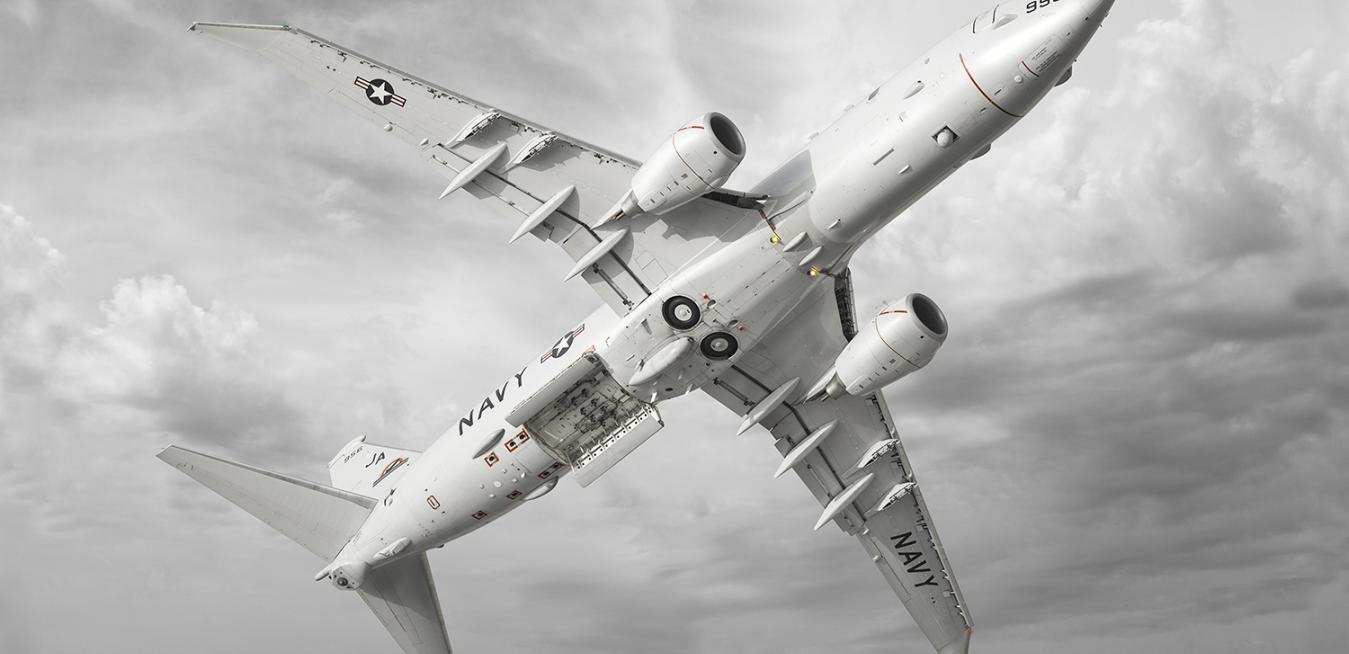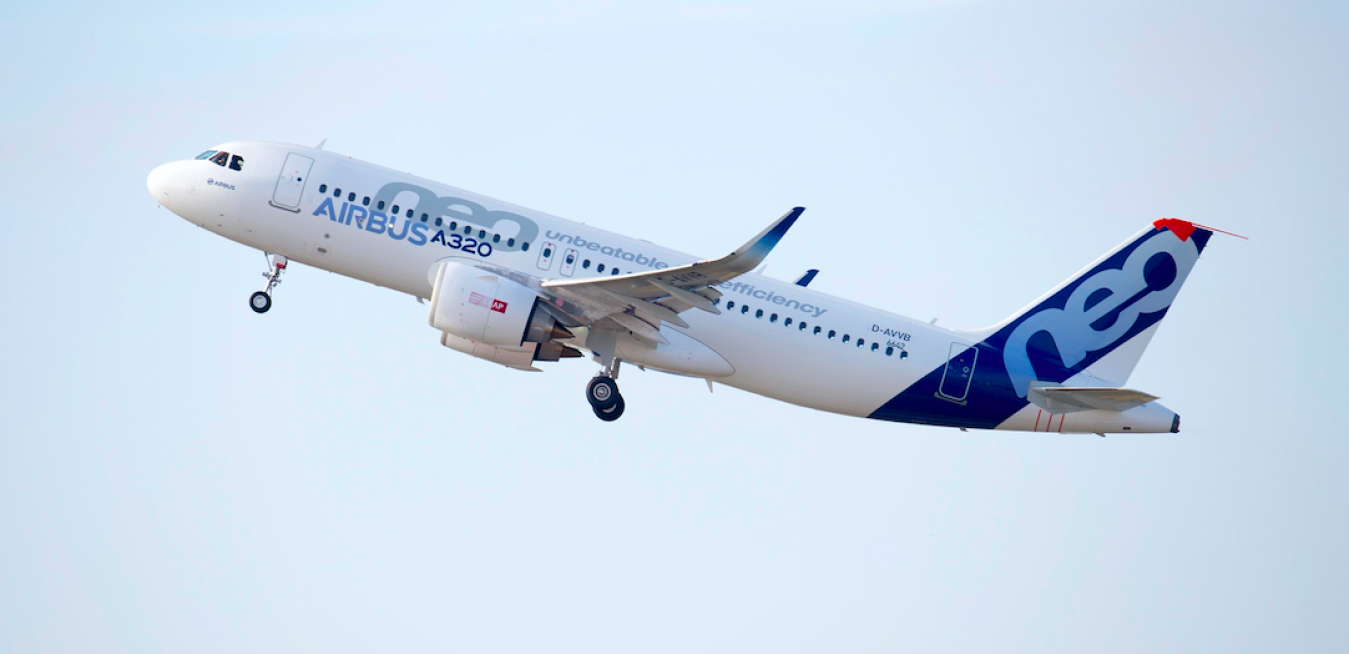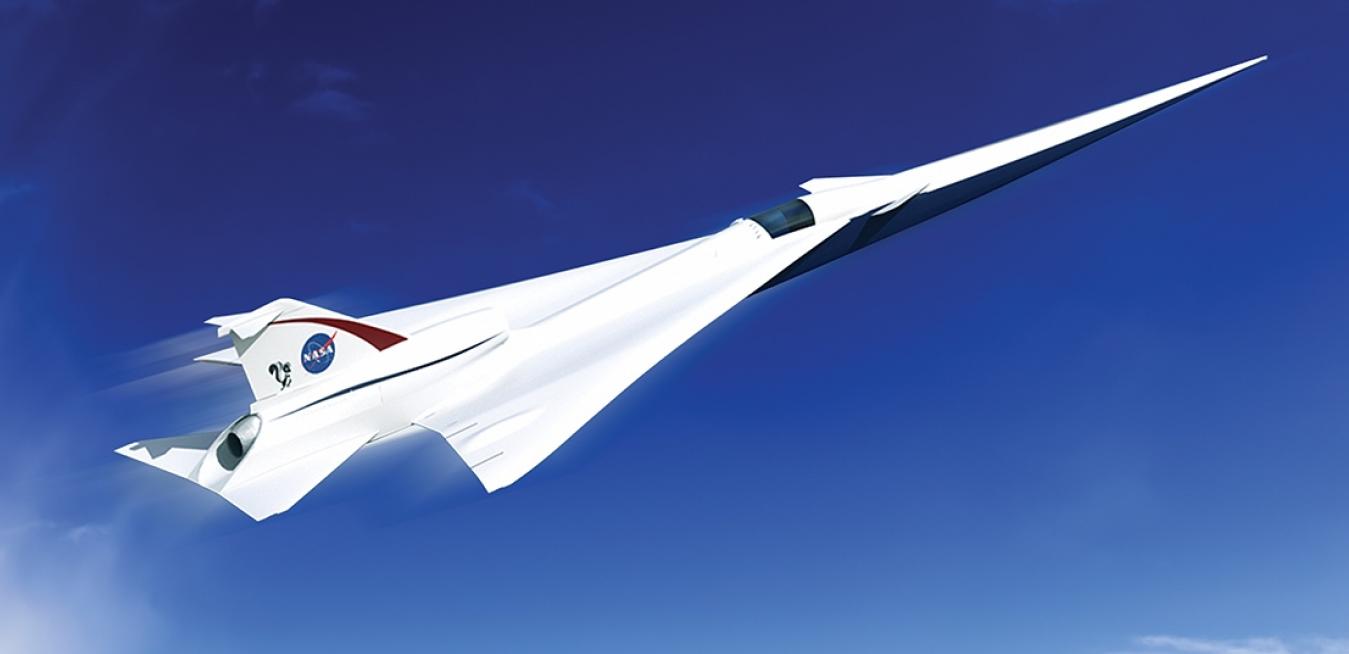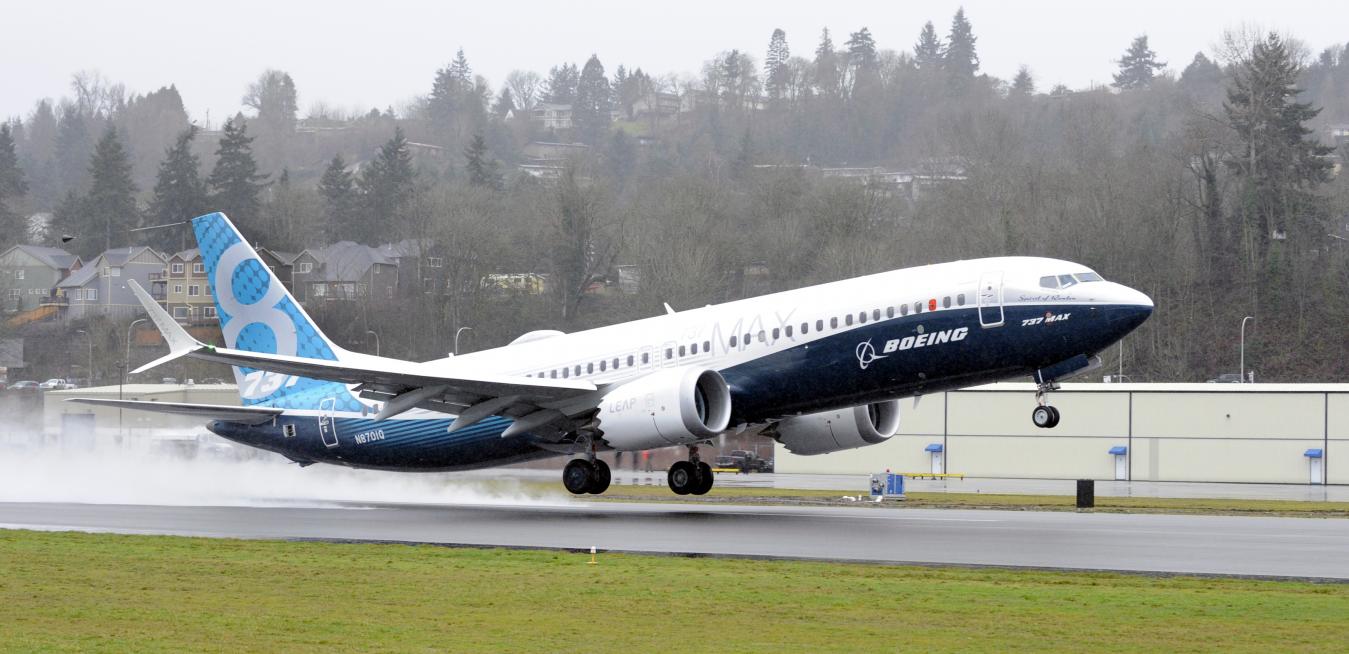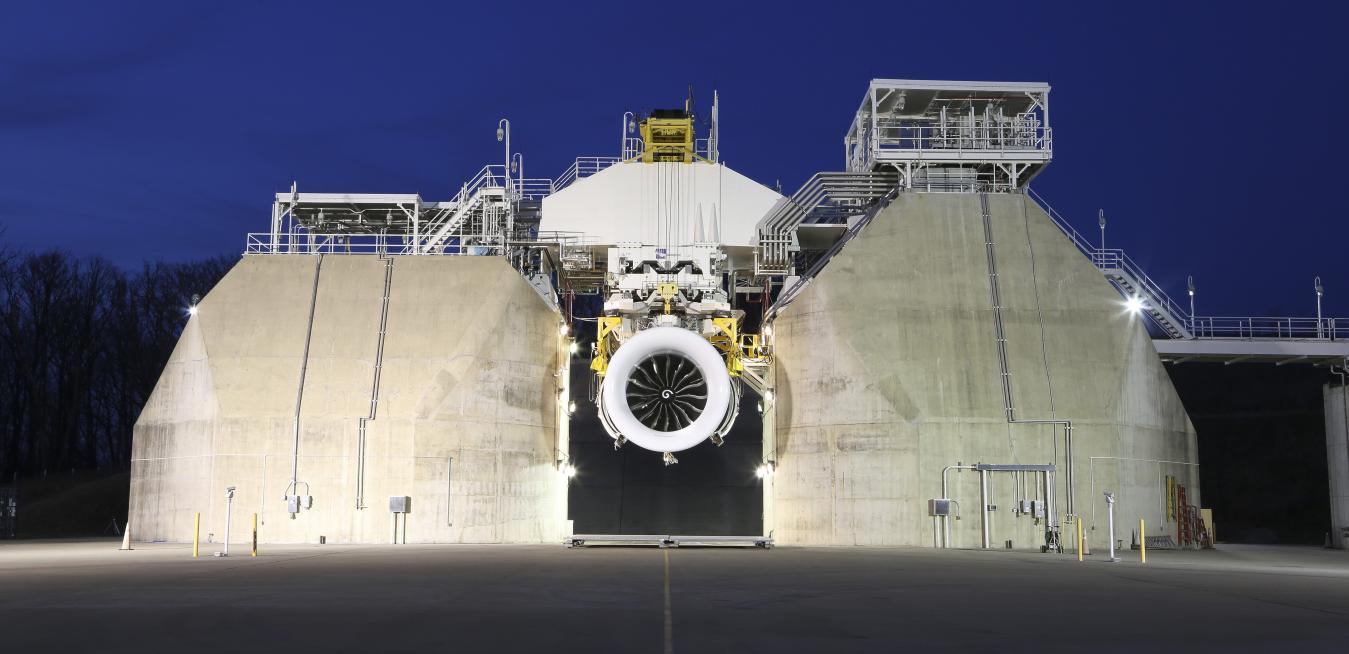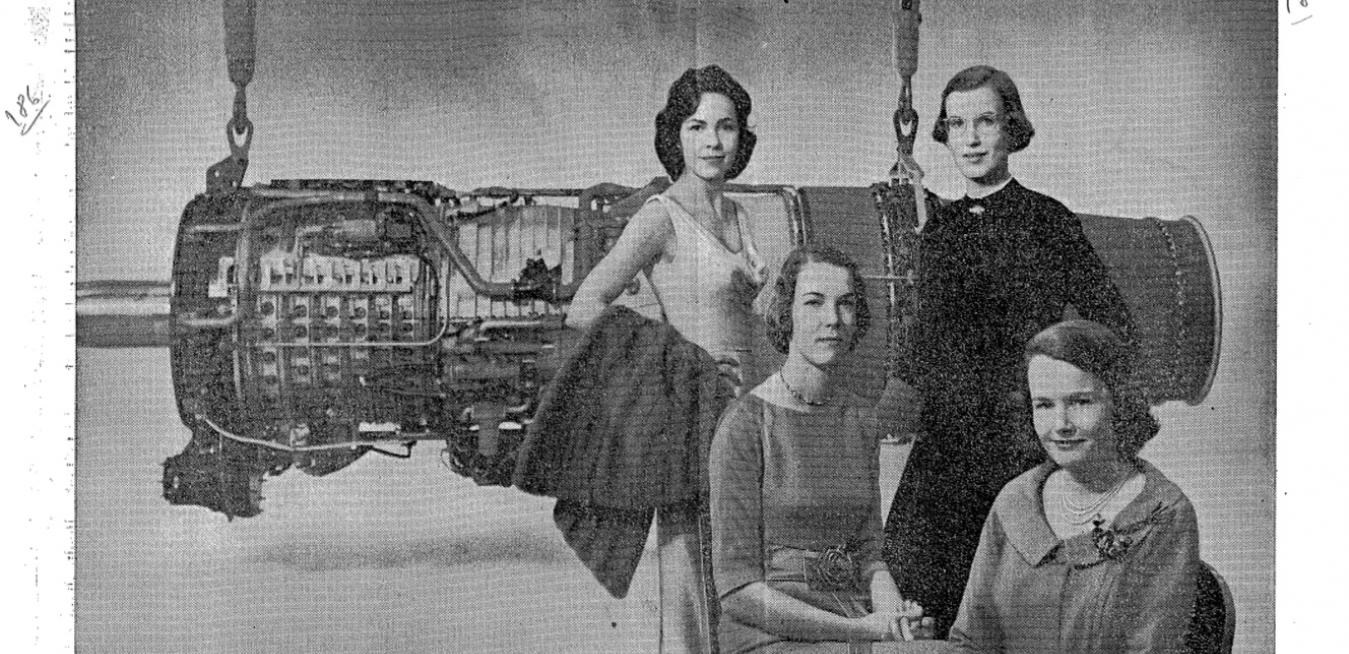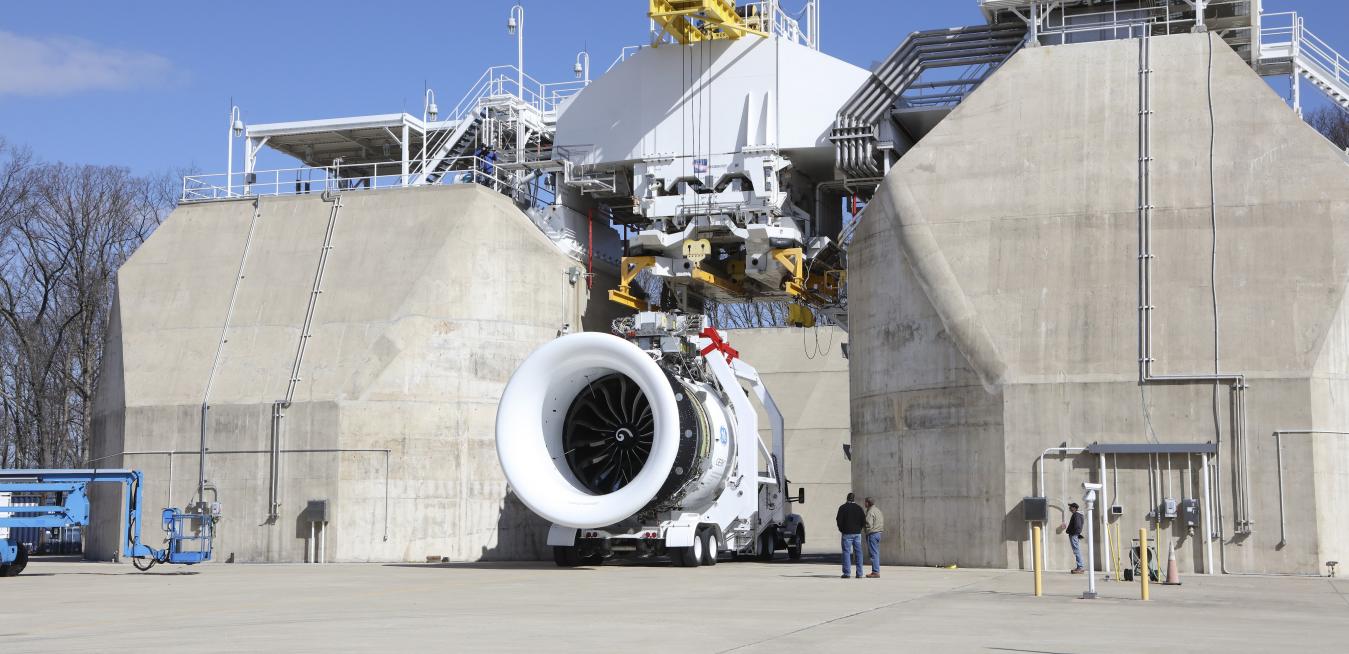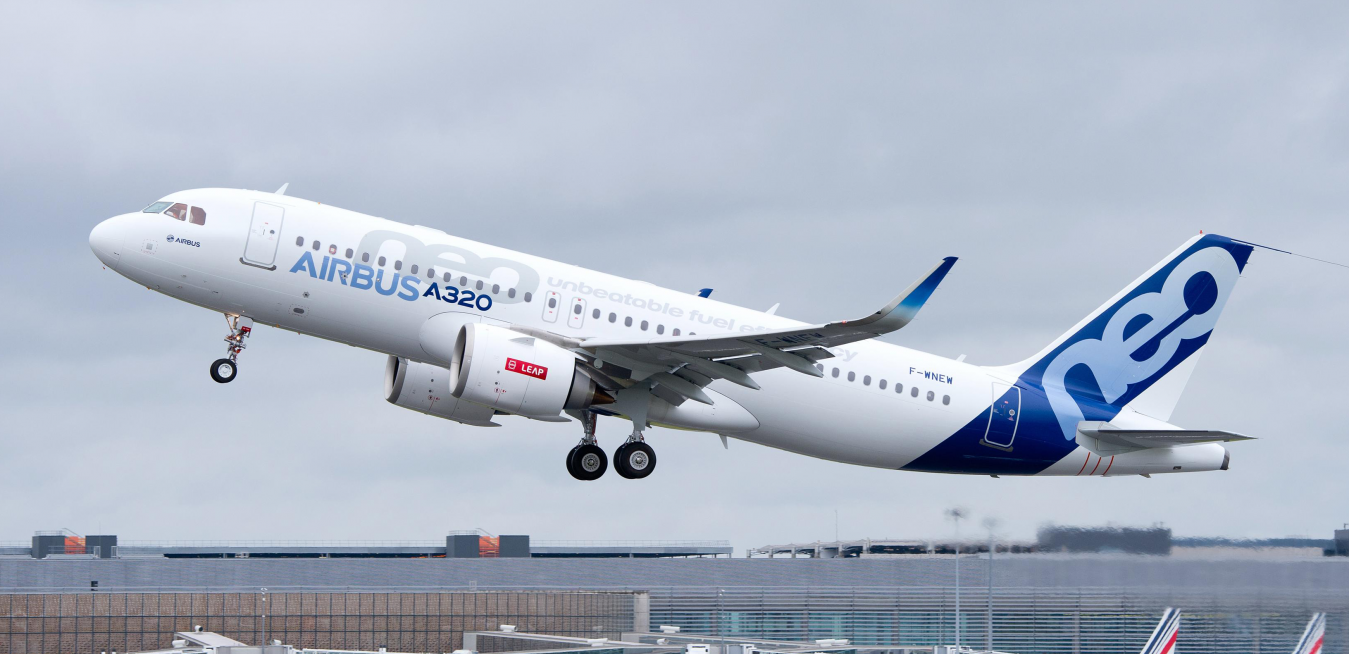The ruling, called type certification, from the European Aviation Safety Agency (EASA) and the U.S. Federal Aviation Administration (FAA) essentially clears the runway for the delivery of the first A320neo equipped with the LEAP engine to an airline customer in the middle of 2016.
The plane could accelerate above the speed of sound only over the ocean. The prospect of noisy sonic booms caused by the plane crossing the sound barrier forced pilots to hold back the throttle above towns and cities after takeoff and before touchdown. “This speed limit actually made the plane much less efficient,” says Karl Wisniewski, director of advanced programs at GE Aviation. “It was designed to fly fast.”
Engineer Mark Leary has been helping GE Aviation build jet engines for three decades. The work is in his blood — literally. More that 60 years ago, Mark’s mother, Patricia, helped the company design the supersonic engine that allowed Lockheed to build the F-104 Starfighter jet, known as “the missile with a man in it” and capable of sustained flight at twice the speed of sound, or Mach 2.
It’s a giant.
